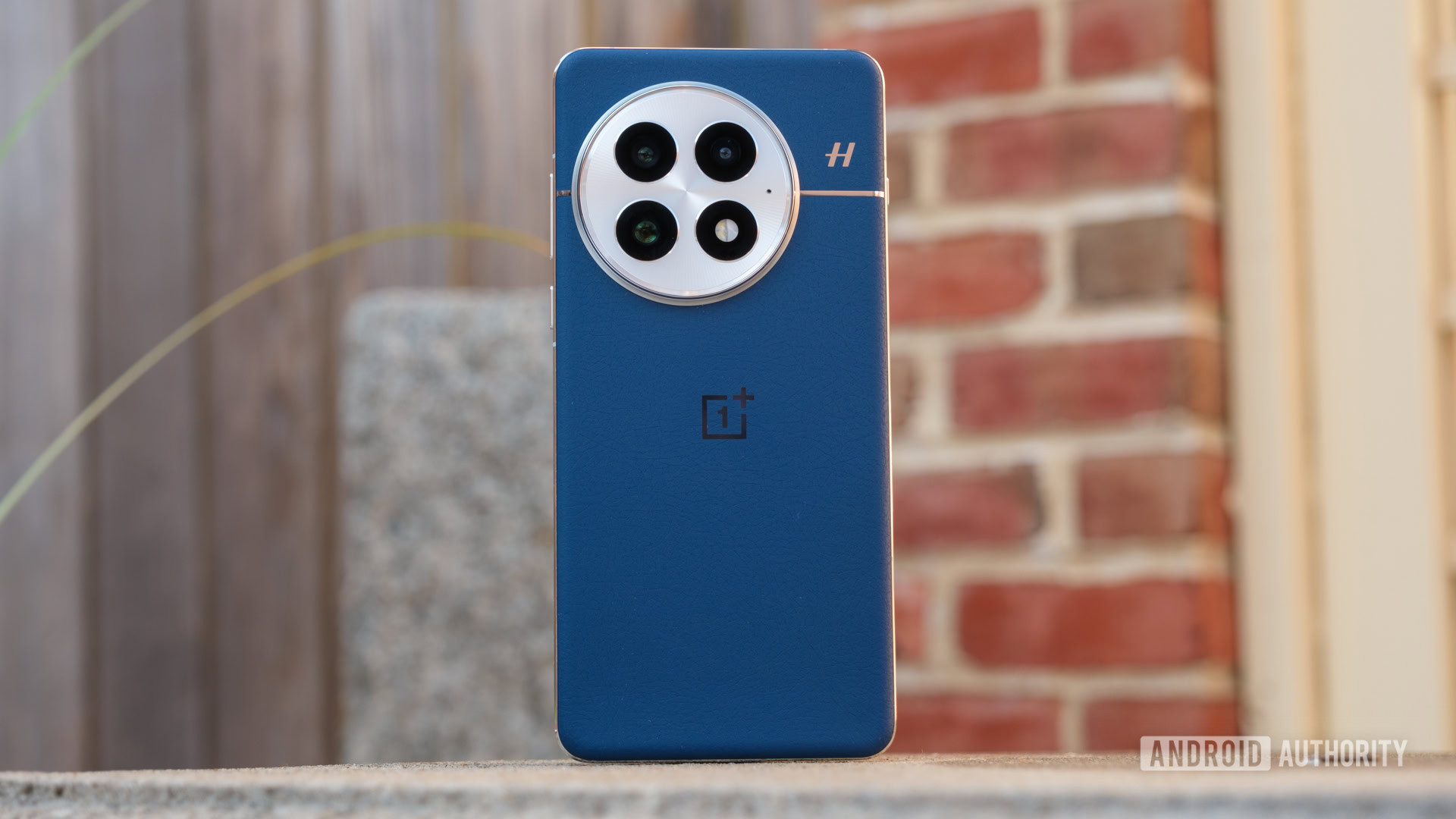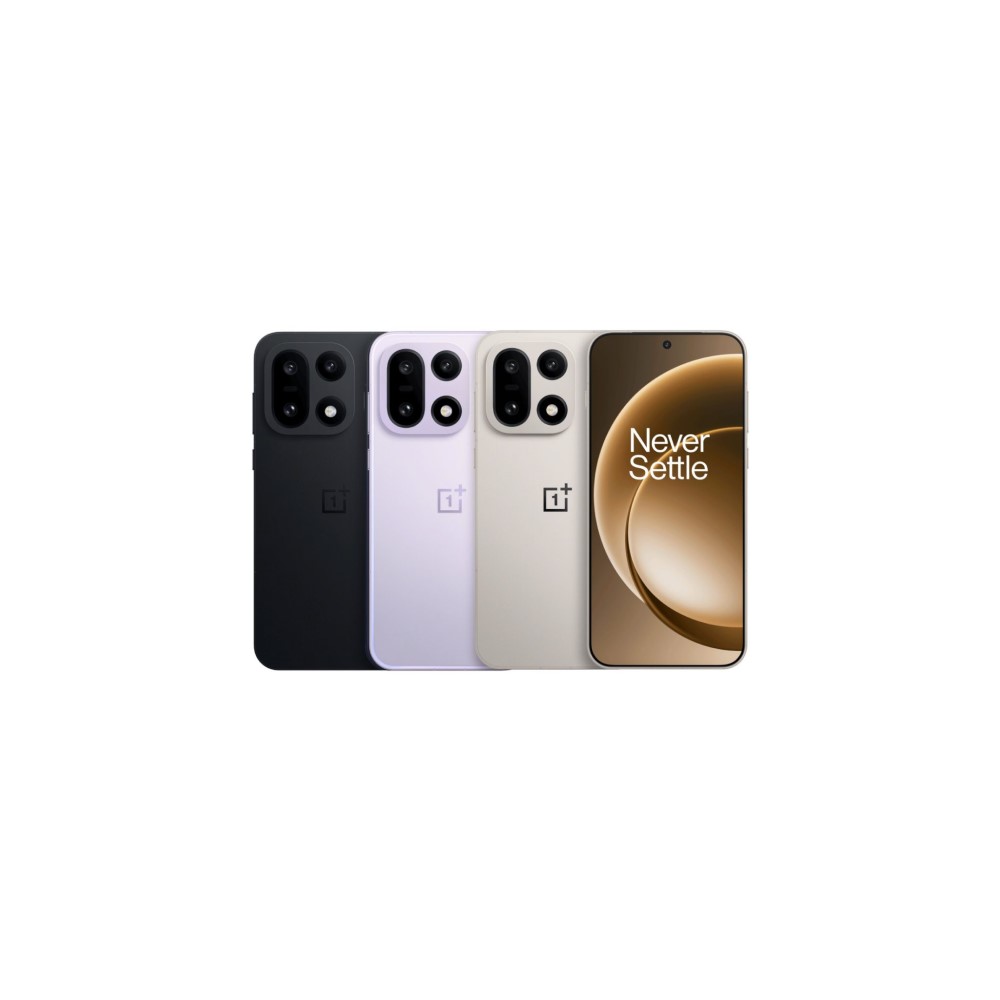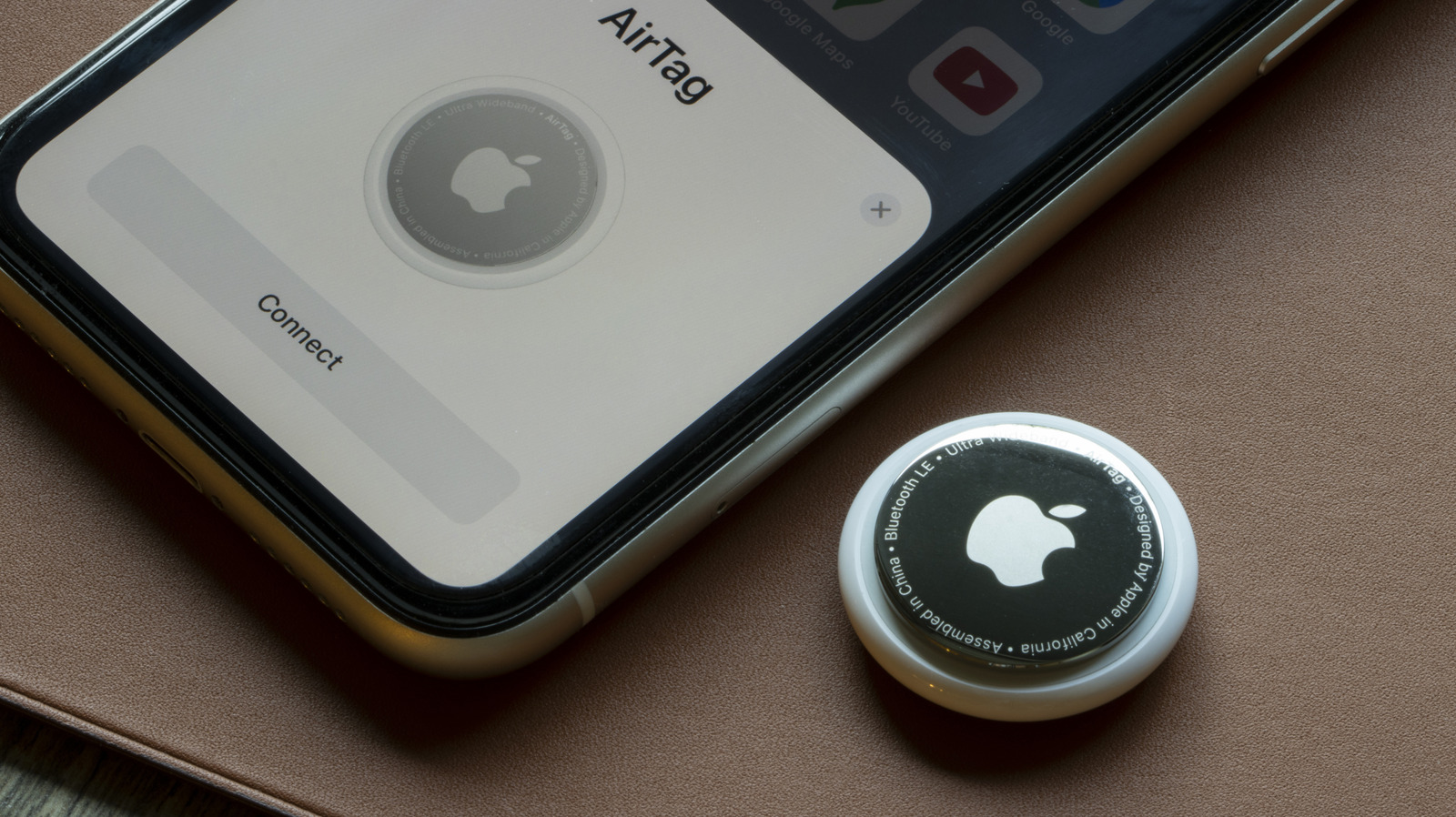The OnePlus 15 is here, but it’s controversial in a few ways. Not only did it launch globally just 10 months after its predecessor — something we aren’t used to seeing — but it’s also a downgrade compared to the OnePlus 13 in a few key areas.
This begs the question: is the OnePlus 15 actually better than the OnePlus 13 overall, and if so, by how much? I’ll walk you through the new specs and features the latest flagship brings to the table, where it matches its predecessor, and where it falls short.
Do you think it’s worth upgrading from the OnePlus 13 to the 15?
274 votes
Familiar specs and downgrades
Ryan Haines / Android Authority
Let’s get the bad news out of the way first: the OnePlus 15’s display has a lower 1.5K resolution compared to the 2K screen found on the OnePlus 13. We’re used to seeing OnePlus — and other manufacturers — improve specs or at least keep them the same, but that’s not the case this time.
The company does have a reason for the downgrade, though. It wanted to introduce a 165Hz refresh rate for an even better gaming experience, and it’s currently not technically possible to run a 2K display at that refresh rate. According to OnePlus, this wasn’t a cost-saving measure — the new display reportedly costs more to produce than the one on the OnePlus 13. It’s a trade-off, and whether it’s worth it depends on your priorities. Personally, I think the difference between 2K and 1.5K resolution isn’t really noticeable on a screen this size, which was confirmed when we compared the OnePlus 15 and 13 side by side. Also, the lower resolution may even improve battery life. Still, I understand why some fans see it as a downgrade and would have preferred a higher-res panel.
In addition to the display, the rear camera setup is also somewhat controversial. Perhaps it’s not a complete downgrade, but it is a sidegrade at best. The Hasselblad partnership has ended, so OnePlus has announced its brand-new imaging system, the DetailMax Engine. And while all three rear sensors have the same 50MP resolution, everything got smaller, unfortunately. The main sensor dropped from 1/1.43 inches to 1/1.56 and has a narrower aperture. The telephoto’s sensor size has also been reduced, and the same goes for the ultrawide sensor, which has also been switched to a 116-degree field of view from 120 degrees. All this translates to things like less light reaching all three sensors, although the company software enhancements are said to be improved. You should check out the sample images we’ve made to see how you like the end result.
Don’t want to miss the best from Android Authority?


Another downside worth mentioning is that the haptic motor isn’t as strong as on last year’s model, although its 90% there. Outside of these three downgrades, many specs remain identical. For example, US buyers still get the same storage variants — 12GB/256GB and 16GB/512GB. Pricing hasn’t changed either, with the phone retailing for $899 and $999, respectively.
Like the OnePlus 13, the latest flagship offers four years of OS updates and six years of security patches. Not bad, but still behind Samsung and Google, both of which offer seven years of software support. And the front camera remains unchanged with its 32MP sensor.
Charging speeds are also mostly the same. US consumers are still limited to 80W wired charging, while other regions get a boost — more on that below. Wireless and reverse wireless charging speeds remain at 50W and 10W, respectively. Oh, there’s a charger in the box as usual, which is always a plus. The phone also supports bypass charging — which directs power straight to the system instead of the battery — helping reduce overheating during long gaming sessions while plugged in.
So, what’s new?

Ryan Haines / Android Authority
Sand Storm
First, it’s worth noting that the OnePlus 15 is a minor upgrade overall, something we’ve come to expect from annual releases. As usual, the chipset is newer and more powerful, but you probably won’t notice a huge difference since the OnePlus 13 was already top-tier in performance.
The display is now flat, unlike the slightly curved panel of its predecessor. It’s also a bit smaller on paper — 6.78 inches versus 6.82 — though the difference is negligible. As mentioned earlier, it now supports a 165Hz refresh rate, which will primarily appeal to gamers.
Next up is the battery, which is my favorite upgrade. It’s now 7,300mAh in size, a big jump from the OnePlus 13’s 6,000mAh cell. For reference, the Galaxy S25 Ultra’s battery is just 5,000mAh. Combined with a more power-efficient SoC and a lower-resolution display, the battery life is significantly longer, so you can expect to get two full days of use out of it.
The OnePlus 15 sports a new design with minimal bezels.
Charging has been boosted to 120W from last year’s 100W (again, the US remains capped at 80W). OnePlus also tweaked the design. While the front looks familiar, the back is noticeably different. The camera setup now sits in a square module instead of a circular one — and I actually prefer the new look. It feels more mature, though that’s subjective. The phone is also slimmer at 8.2mm (down from 8.5mm) and features the thinnest bezels ever on a OnePlus device.
Another change worth noting is the new side button. OnePlus has ditched the iconic Alert Slider and replaced it with a customizable action button that can be set to toggle sound profiles, launch the camera, activate the flashlight, and more. The phone also features an IP69K rating, which may be overkill for some but is certainly a welcome addition.
Should you buy it?

Ryan Haines / Android Authority
OnePlus 13
Despite the controversy around the lower display resolution and the camera setup, the OnePlus 15 is still an overall improvement over its predecessor. I personally don’t mind the drop in resolution and really like the new design, larger battery, and faster charging (outside the US).
That said, the upgrades are still incremental. If you already own a OnePlus 13, it doesn’t make much sense to spend at least $899 on a slightly better phone. The days of annual upgrades being worth it are long gone, as most new flagships only bring minor refinements.
However, if you’re using an older device and are in the market for a new one, the OnePlus 15 is a solid choice. It competes directly with the Galaxy S25 Ultra and the upcoming S26 Ultra, but it is cheaper and charges faster. The trade-offs are shorter software support and fewer software perks compared to Samsung’s ecosystem.
The same goes for Google’s Pixel 10 Pro XL. We’ve compared the OnePlus 15 directly to both the Pixel 10 Pro XL and the Galaxy S25 Ultra, so check those out at the links to see which one suits you best. However, keep in mind that you could just save a bit of money and go for the OnePlus 13 instead, as you won’t be missing out on much. In fact, you’re gaining a few things. I’d personally get the newer model for the battery alone, but I’d argue that most people would be just as happy with its predecessor.

OnePlus 15
Peak power.
The OnePlus 15 is a flagship-level smartphone with very competitive specs: blazing fast chip, excellent display, huge battery + fast charge, and a triple 50MP camera system.
Thank you for being part of our community. Read our Comment Policy before posting.










